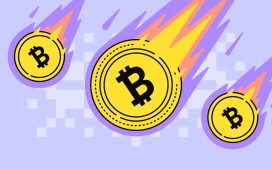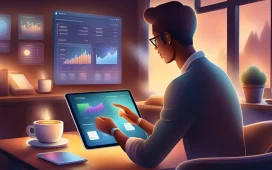In today’s digital world, we share much information online. Sometimes, we want to send messages that disappear after they’re read. This is where self-destructing notes come in. These notes delete themselves after a set time or after being read. The idea of messages that destroy themselves has been introduced previously. In spy movies, we often see secret messages that burn up after being read. In the digital world, this concept began in the early 2000s. Email services began offering features to recall messages that were sent. However, these weren’t accurate self-destructing messages. They just tried to delete the email from the receiver’s inbox.
As smartphones became popular, so did messaging apps. Some of these apps started to offer self-destructing messages. Snapchat, launched in 2011, was one of the first to make this feature widely known. Messages and photos sent through Snapchat would disappear after a short time. While apps were gaining popularity, web-based services for self-destructing notes also emerged. These services let users create notes that would delete themselves after being read or after a set time. how to use privnote became a standard search as people looked for ways to send secure, temporary messages.
As self-destructing notes became more popular, security became a more significant concern. Services started to add more features to protect users’ information.
- Encryption – This scrambles the message so only the intended receiver can read it.
- Password protection – Users could add a password to their notes for extra security.
- Customizable destruction times – Users could choose when their note would delete itself.
- Read receipts – These let the sender know when their note was read.
Self-destructing notes started to appear in more places. Email services began offering options to send expiring messages. Some cloud storage services added features to make shared files delete themselves after a specific time. Some social media platforms even experimented with temporary posts or messages. While self-destructing notes were first famous for personal use, businesses soon saw their value. They became a way to share sensitive company information securely, and lawyers used them to send confidential details to clients.
To address these challenges, the technology behind self-destructing notes kept improving. Some services developed ways to detect screenshots and alert the sender. Others used advanced encryption to make the notes even more secure. New features like two-factor authentication added extra layers of security. As we look to the future, self-destructing notes will likely keep evolving. We might see more integration with artificial intelligence to make the notes smarter and more secure. The technology might include more media types, like self-destructing videos or audio messages.
Self-destructing notes have changed how we think about digital communication. They have allowed us more private conversations in a public digital world. One ongoing challenge with self-destructing notes is balancing privacy with accountability. While these notes protect sensitive information, they can also make it harder to keep records when needed. As these tools become more common, digital literacy education has had to keep up. This includes understanding when it’s appropriate to use self-destructing notes and when it’s better to keep permanent records.
Self-destructing notes have come a long way since their early days. They’ve evolved from simple disappearing messages to sophisticated tools for secure communication. They offer a way to share information privately in an increasingly connected world.







